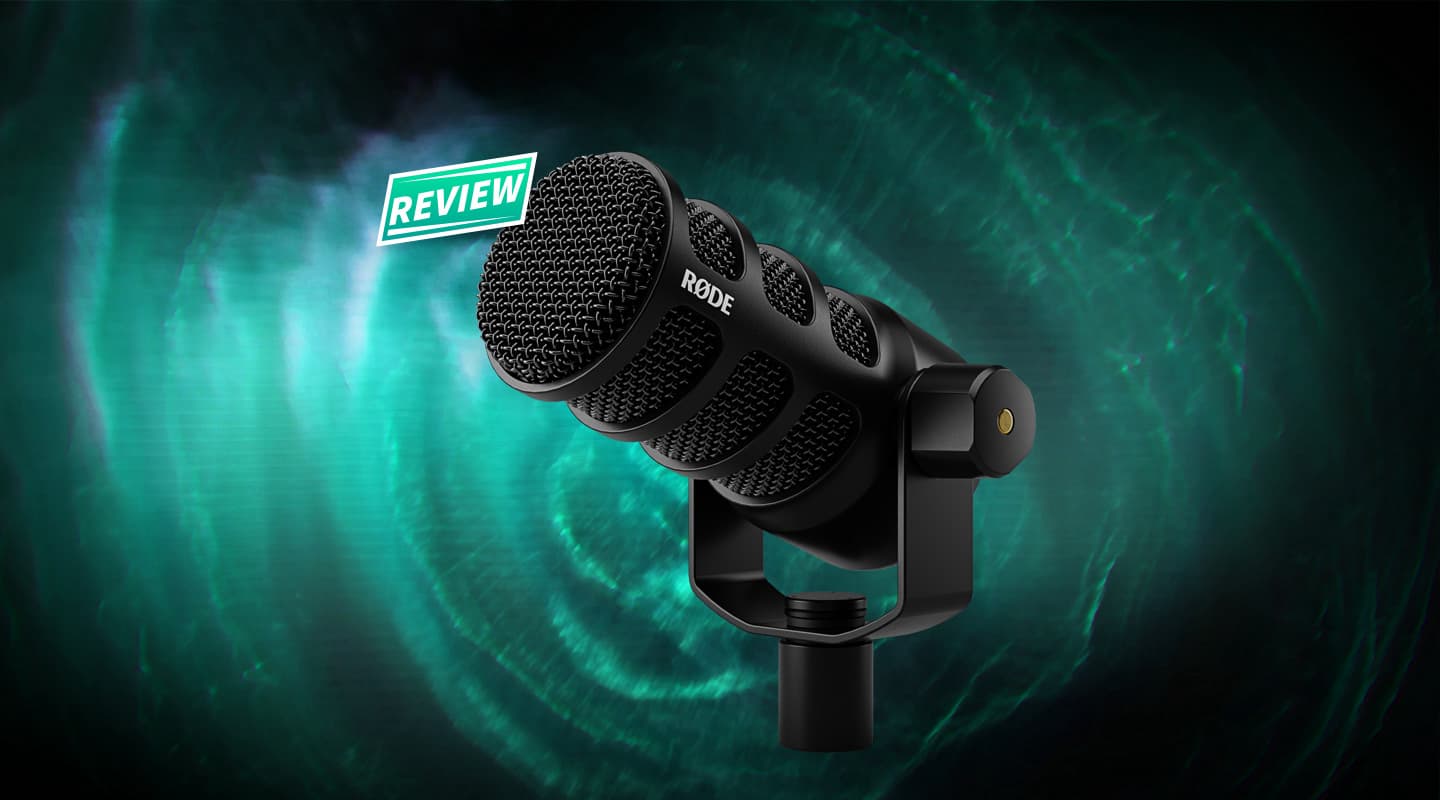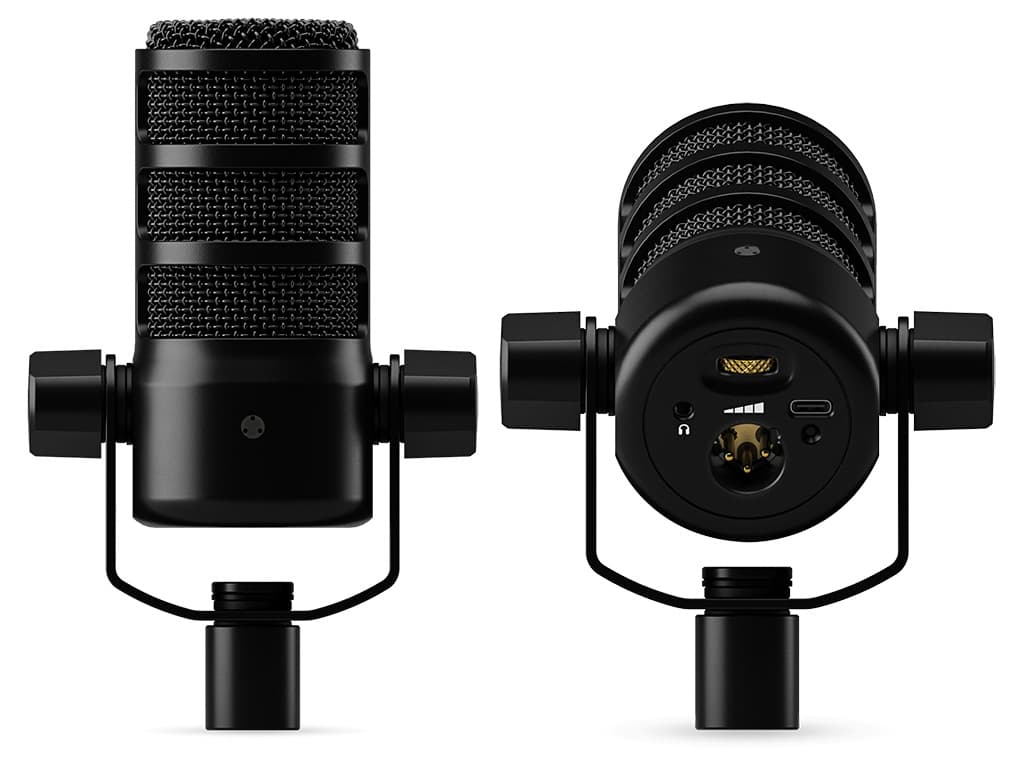
Review: RØDE PodMic USB
More than a PodMic with a USB socket.
It’s genuinely impressive how, in a few short years, Røde Microphones has cemented its place in the podcasting world. The ever-growing catalogue of products made on Australian soil can be spotted in consumer broadcasting, gaming and live streaming settings across the globe. Such widespread success doesn’t happen by accident. Røde’s product offerings meet specific needs with precision; they’re priced competitively; and, importantly, they sound good.
The PodMic is no exception. Released in December 2018, PodMic was pitched as the perfect companion for the RødeCaster Pro which hit the market only a month earlier.
Nearly five years later Røde has decided to give the PodMic a little more attention and perhaps widen its appeal, and now we have the PodMic USB. Which is, you guessed it, a PodMic with USB connectivity. But along with built-in converters and a USB socket comes a few extra goodies worth talking about.
HEAVYWEIGHT
PodMic USB is built the same as its analogue sibling except for the blacked out paint job. If the weight of a mic reassures you of quality, then PodMic USB will alleviate all your fears — at 900g, it’s a darn heavy microphone for its size. Included with the mic is a cup-shaped pop filter which slides over the top of the grille. While it makes the mic much bulkier, it produces a noticeable reduction in plosives and will doubtless be appreciated by podcasters.
Around the back is a USB-C connector, a 3.5mm headphone output, and a brass dial with detents to control headphone level. A small status LED shows when PodMic USB is connected. Notably, PodMic USB retains the XLR output. This allows you to use PodMic with pro audio gear, be it a mixer, interface, external preamp, or something like a RødeCaster Pro.
Gaining up the capsule is Røde’s Revolution preamp also used in the RødeCaster Pro 2. Control of the preamp is through the Røde Central application. I don’t have generally high expectations of built-in USB mic preamps but I dare say the PodMic USB surpassed my expectations, producing a full and rich tone without the cardboard-y flatness of other USB mics that have come across my desk. Maxing the gain out at 63dB kept my recording impressively clean with minimal noise.
IN THE BOX
The tone of the PodMic USB on its own is entirely usable but fairly bland. There’s a presence push in the high mids for vocal clarity but I don’t consider it a particularly polished sound right off the bat. But fear not, the extra DSP processing offers all you need to embellish PodMic USB’s sound into something you can be proud of.
Røde Central gives you full control over the ‘VoxLab’ GUI. You’re first greeted by the three utilitarian Depth, Sparkle, and Punch knobs which affect bass, treble and compression, respectively. Click ‘Advanced’ for the nitty gritty. Curiously, the HPF is locked to 60Hz with no higher frequency options — in a spoken word situation I’d rather a HPF be closer to 120Hz for a worthwhile reduction in plosives. There’s the Exciter section, which includes Aphex’s Big Bottom and Aural Exciter, to quickly and effectively add zest and presence. I found PodMic USB responds favourably to the full Aphex treatment with accentuated lows and highs. A De-esser would be a welcome addition to the processing suite, as anything more than gentle compression can pronounce sibilance. The Compressor and Noise Gate both do their job well and offer sufficient control to put discerning users at ease.
NEED TO KNOW

THE RØDE ECOSYSTEM
Aside from using Røde Central to control your mic, Røde has a growing library of software designed for its USB microphone products. Røde Connect allows multitrack recording on a computer with up to four Rode USB-capable microphones. Unify is a virtual mixing application ideal for gaming and streaming. For iOS users, the Røde Capture app lets you control and record using Rode microphones. Now that PodMic is USB-capable, it plays nice with all these applications. And with all being available as free downloads, this turns into a significant value add.
Essentially, if there’s even a slight chance you might use the PodMic with a computer, smartphone or tablet, you’re better off spending the extra A$150 to acquire a PodMic USB. You’re given a load of digital connectivity and processing options without losing the XLR-equipped purity of the original. Win/win.
























RESPONSES